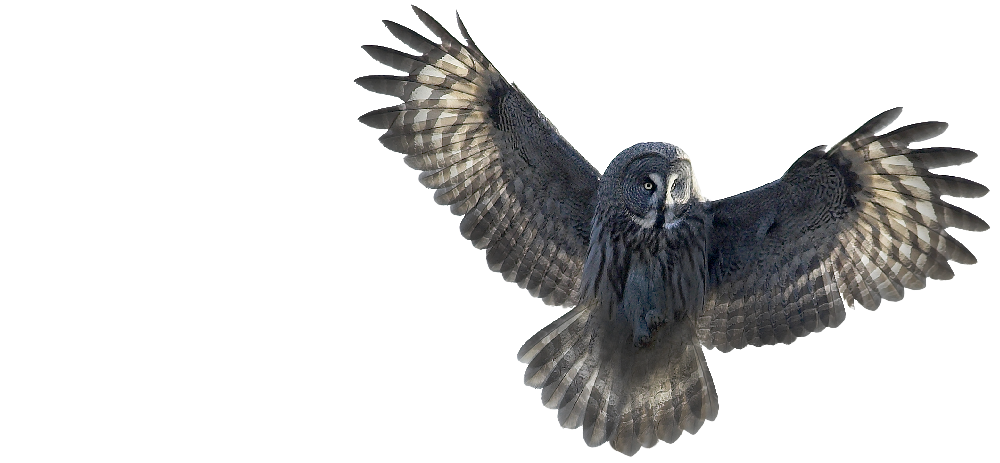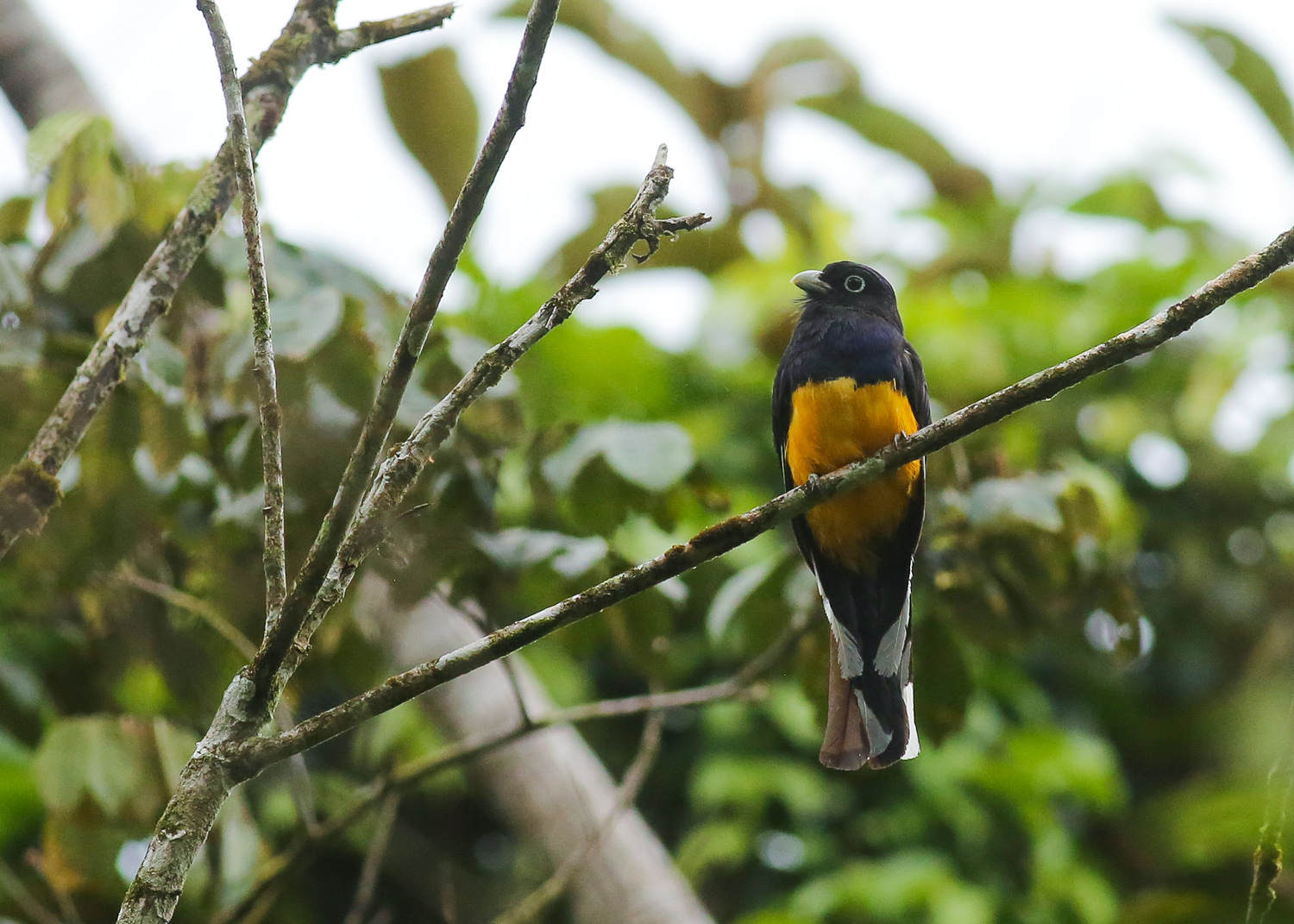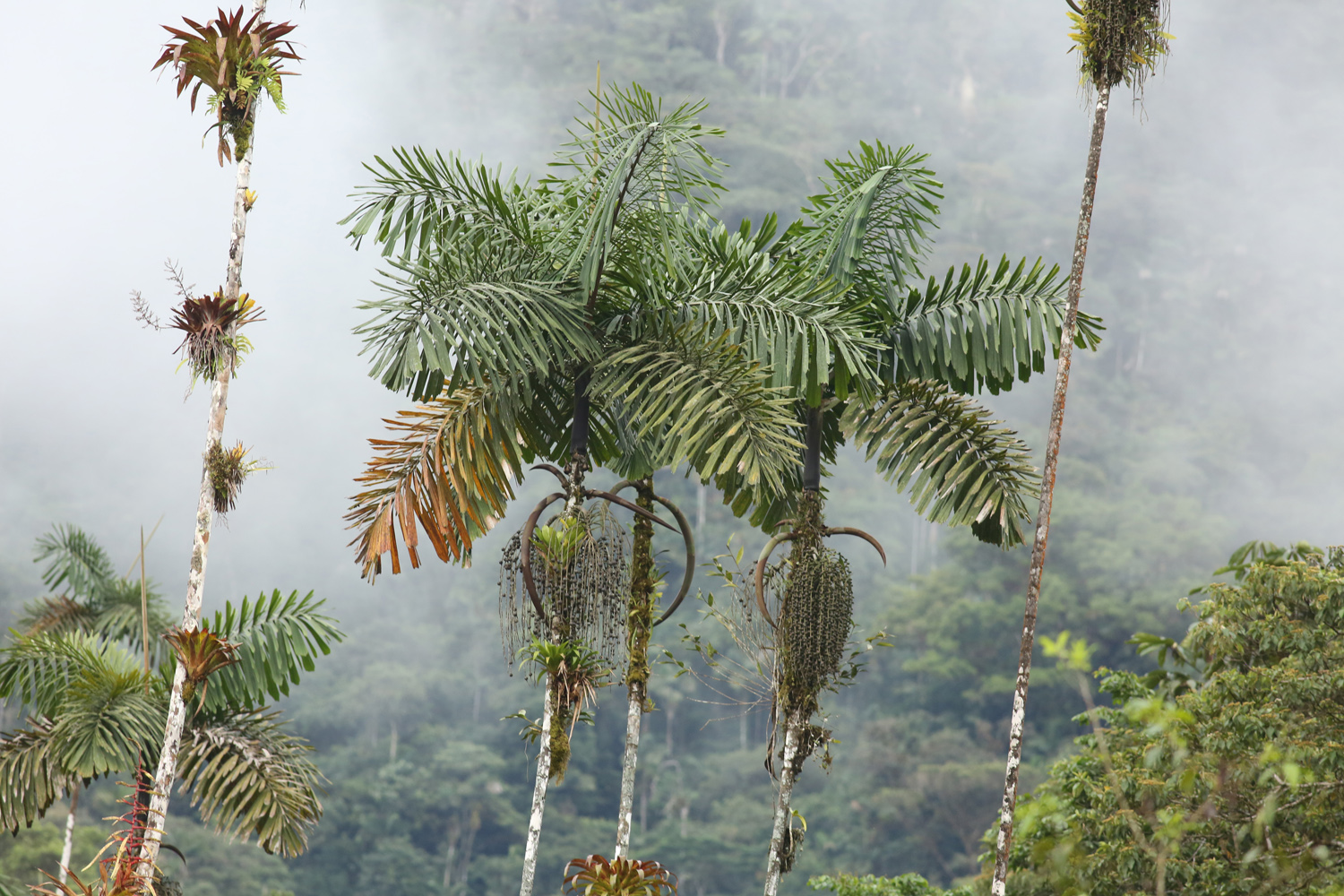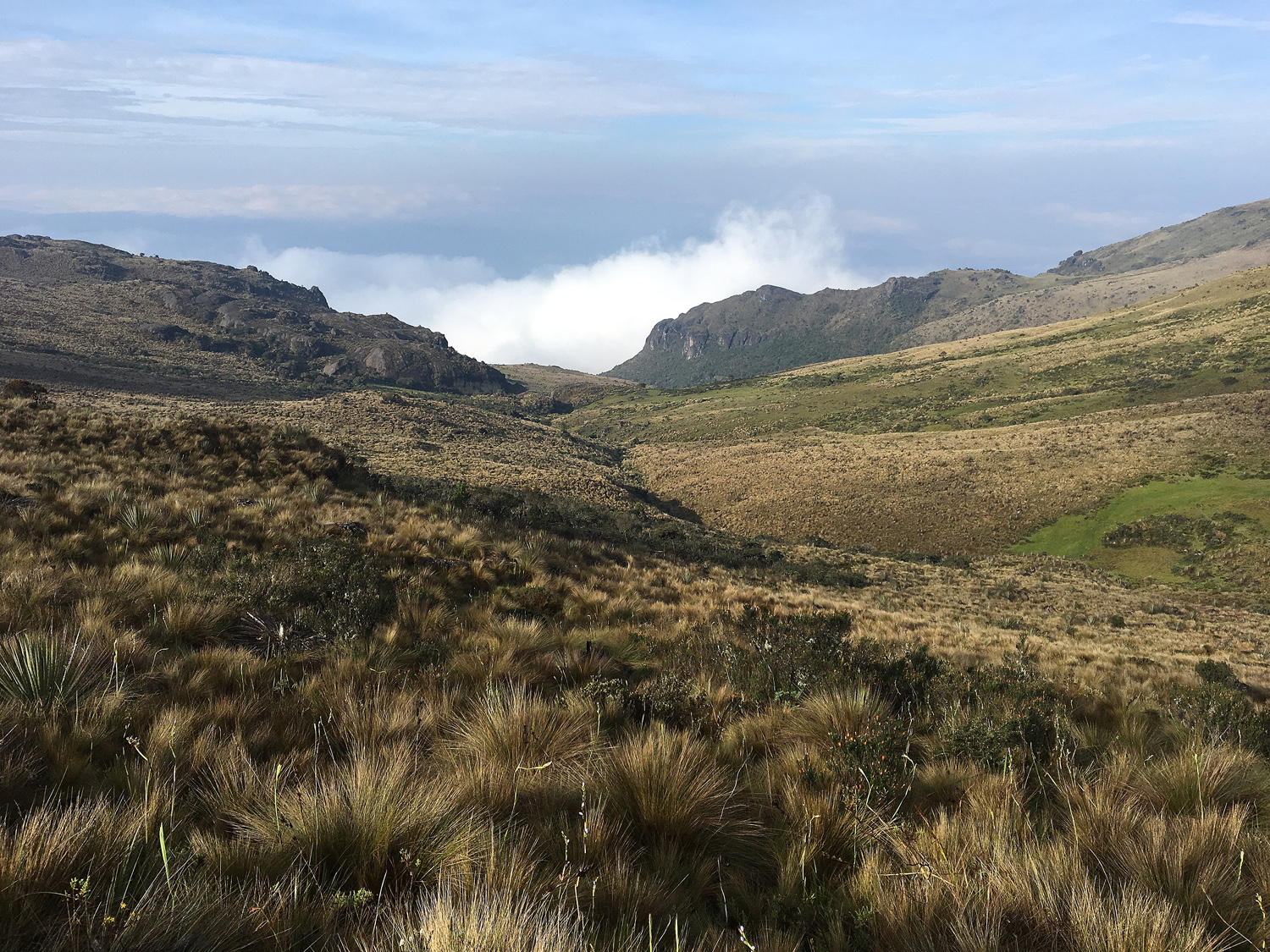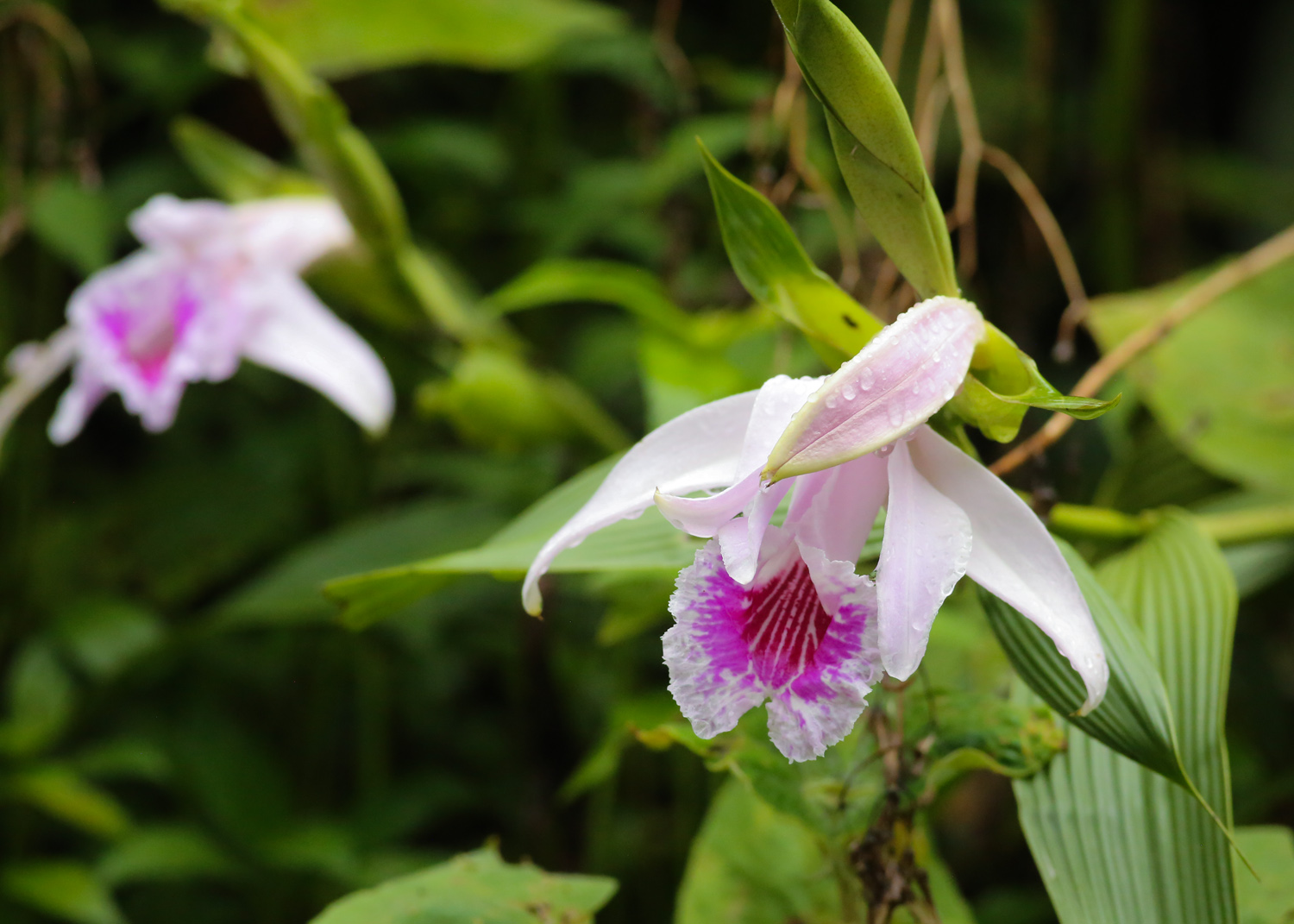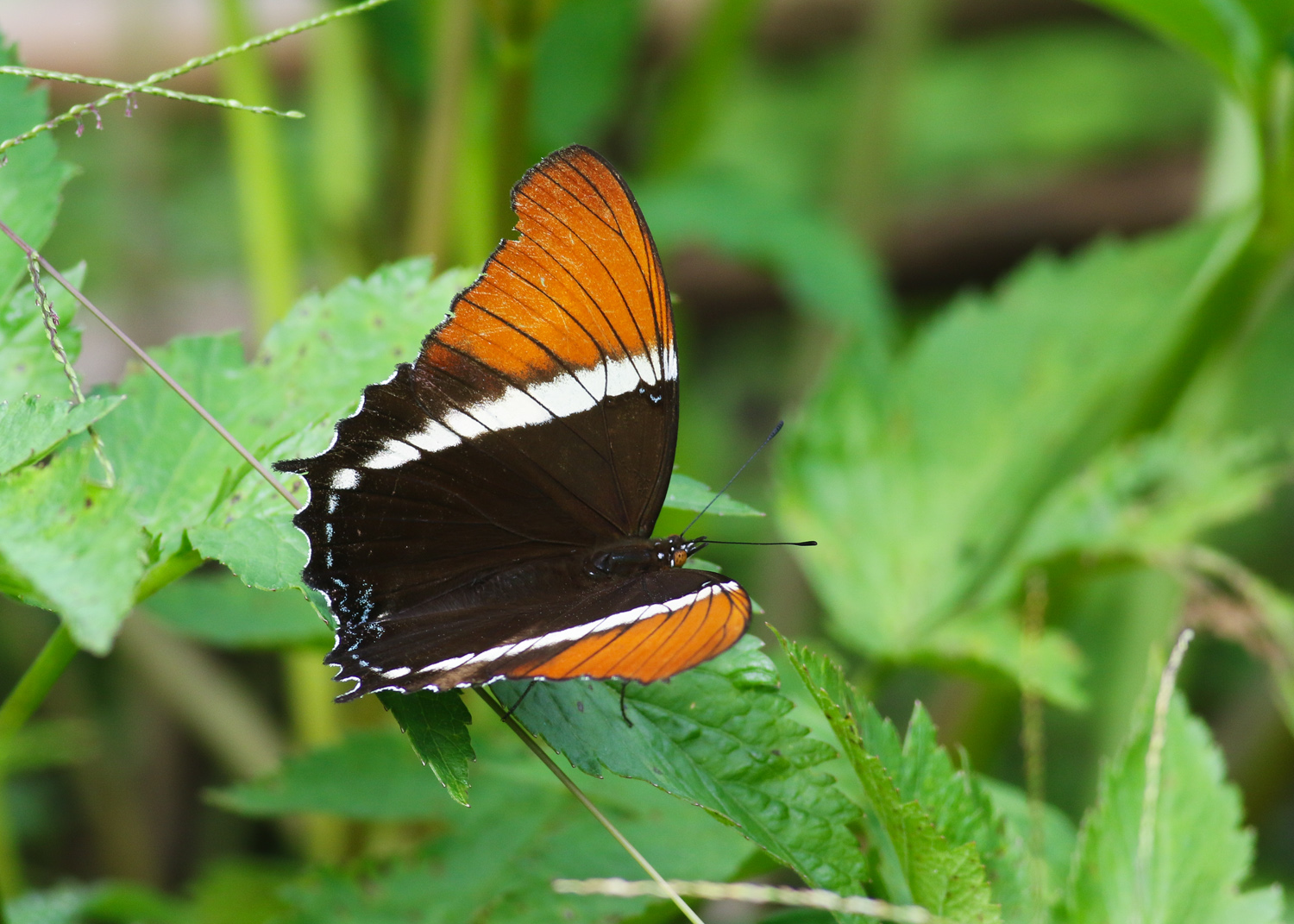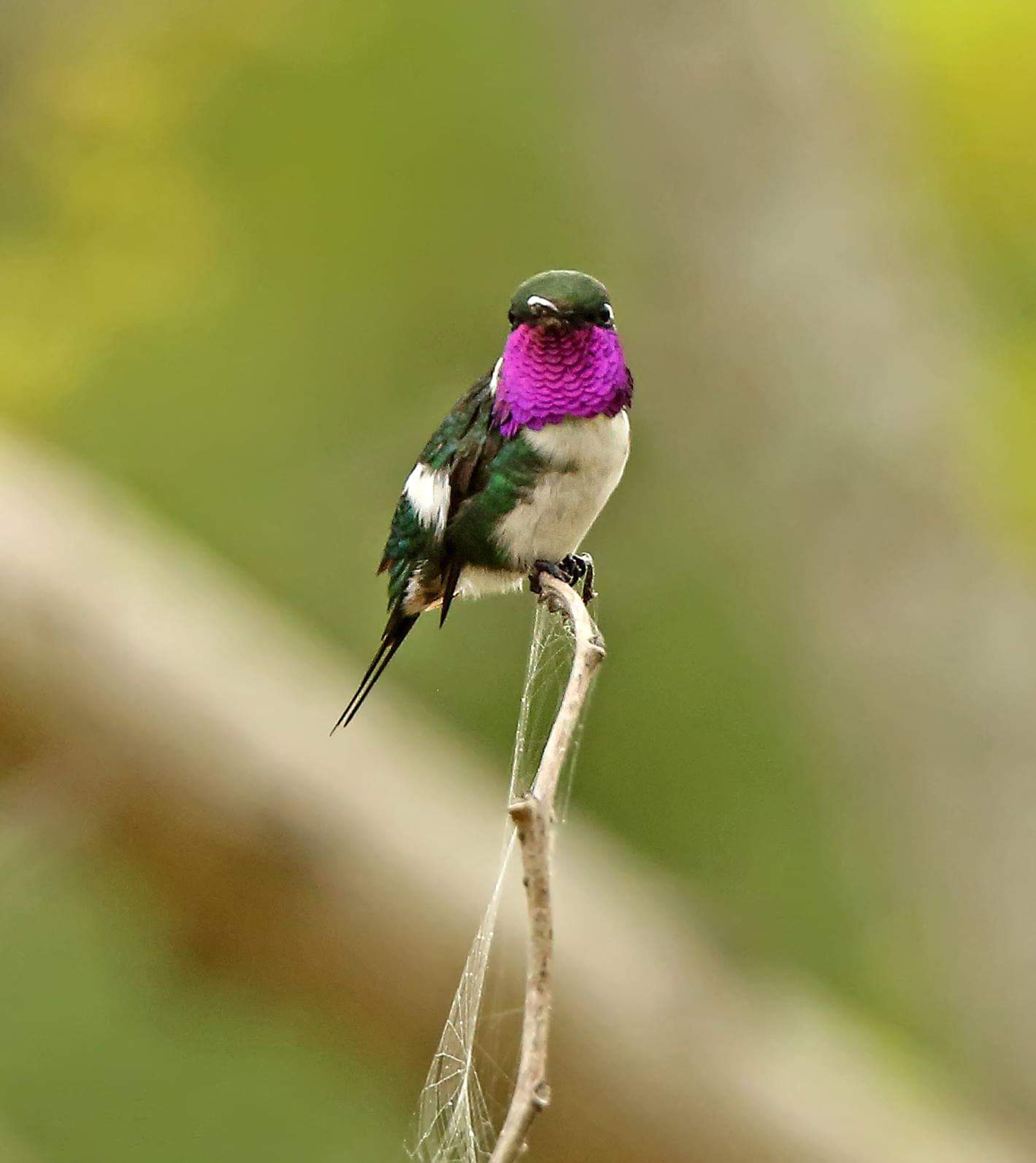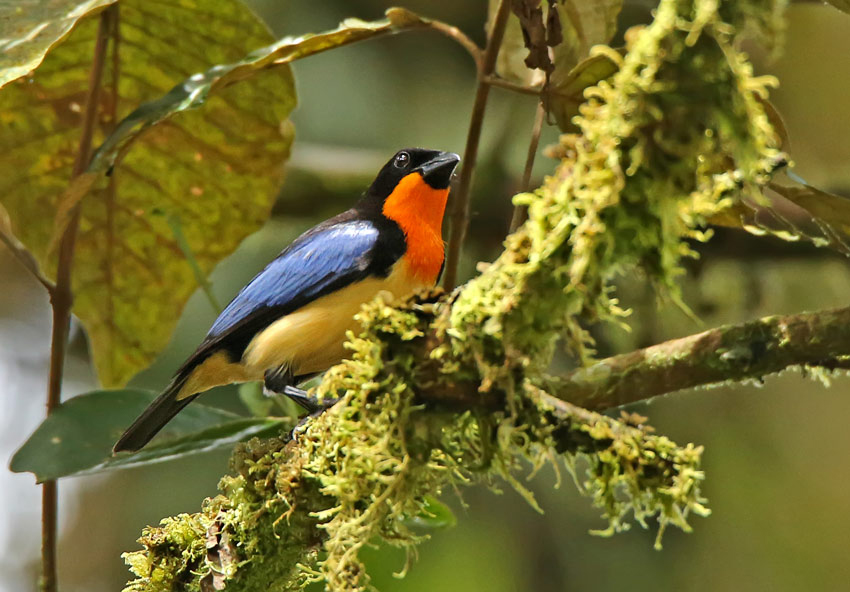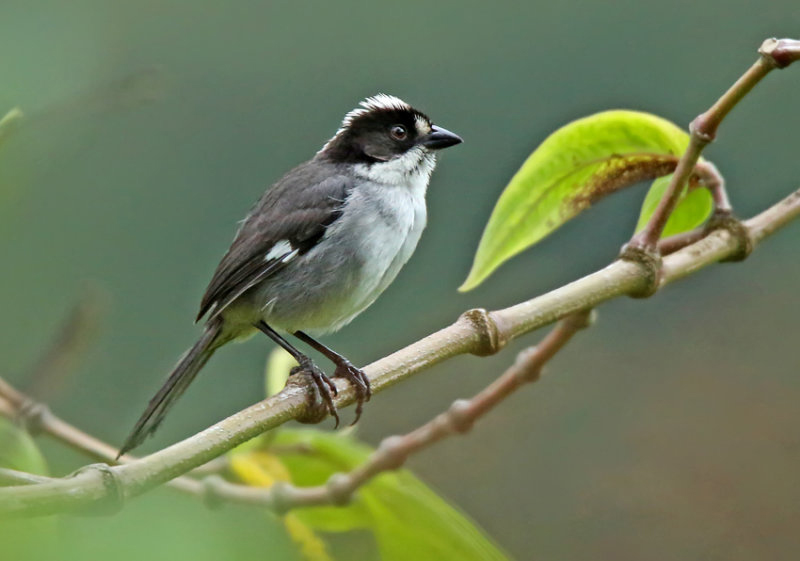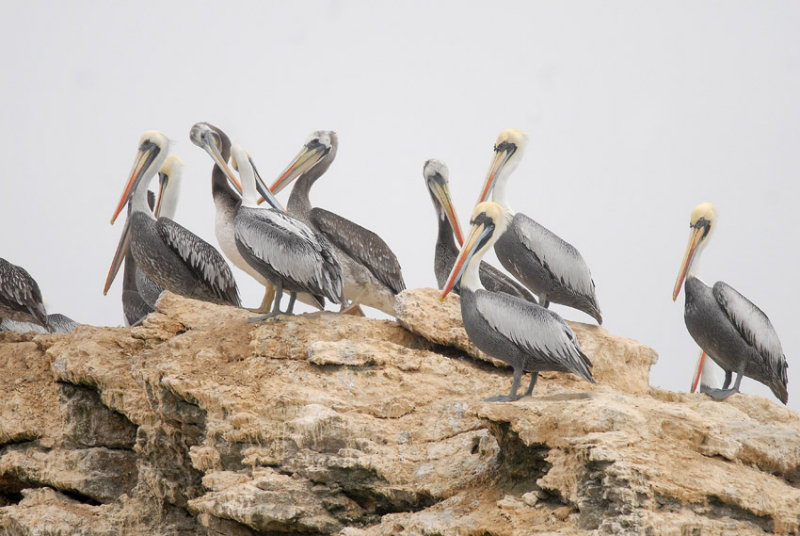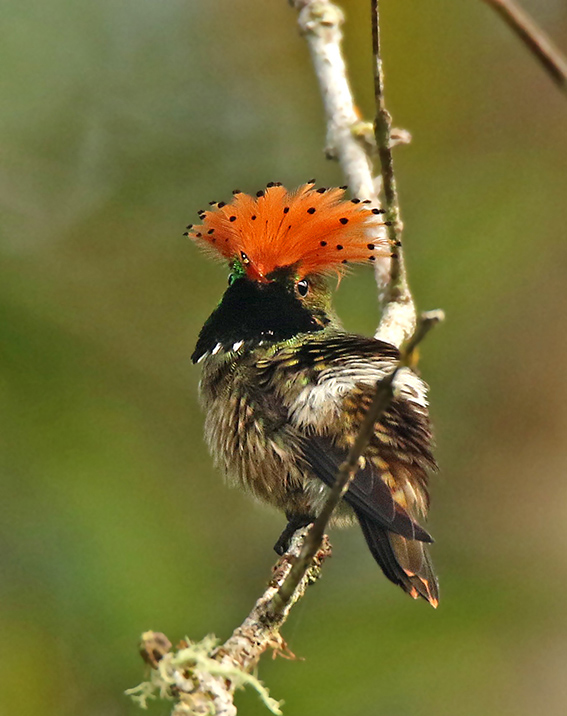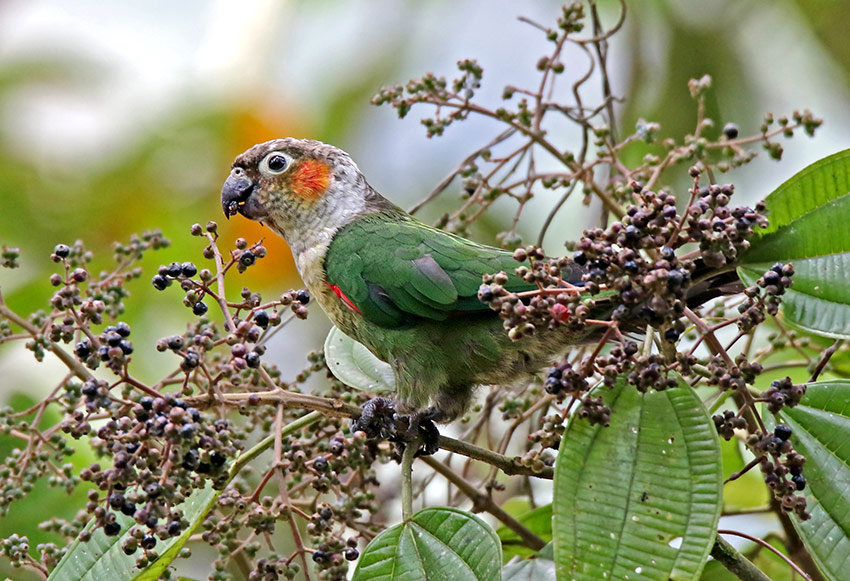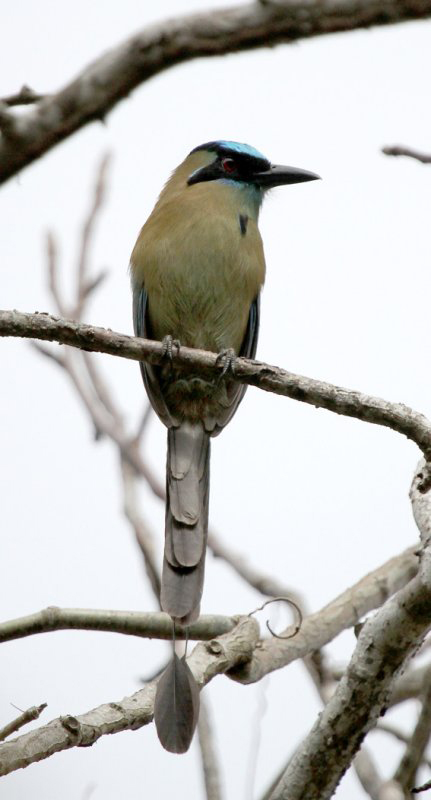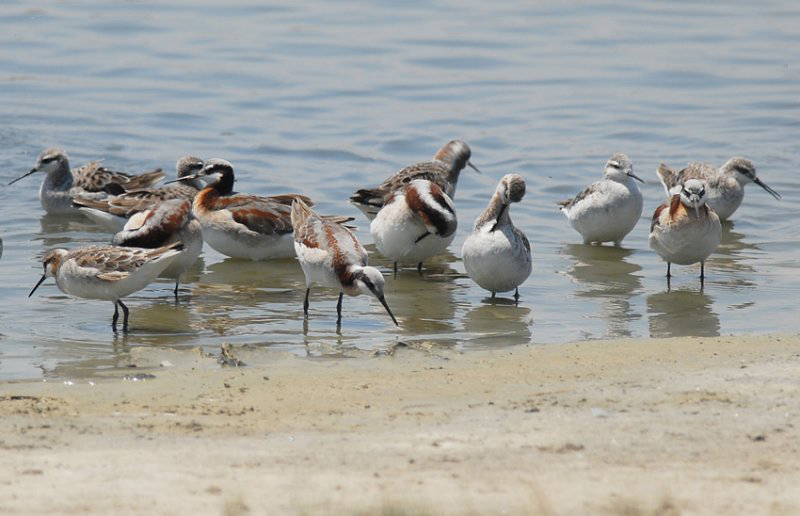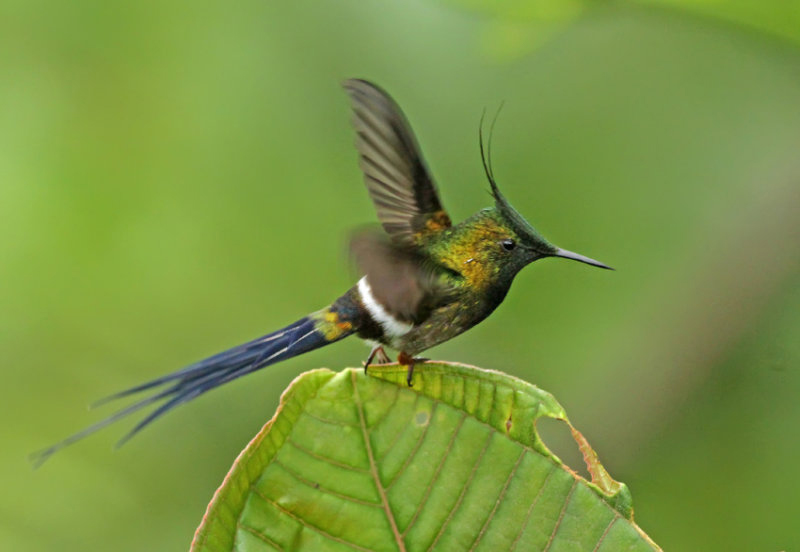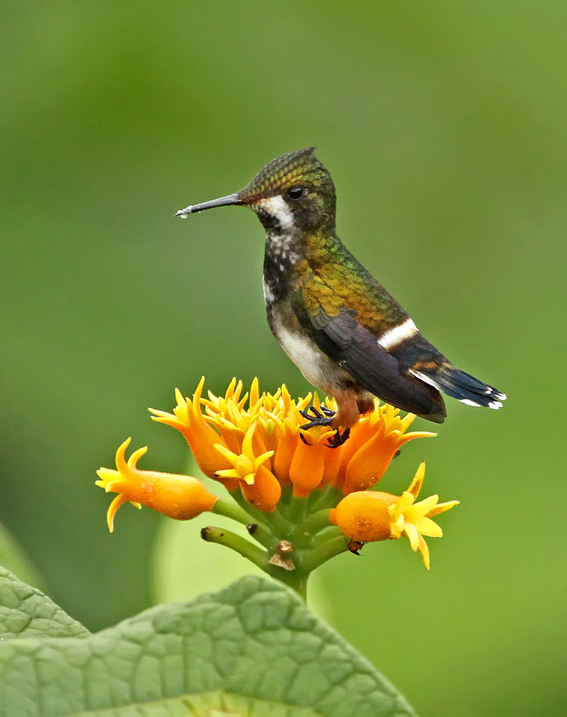South Ecuador
9 – 29 november 2026
South Ecuador
9 – 29 november 2026
9 – 29 november 2026
Price: 89.900 SEK (excluding flight)
Single room supplement: 8.000 SEK
Blue-throated Hillstar / Jocotoco Antpitta / El Oro- and White-breasted Parakeets / Long-wattled Umbrellabird / Endemic Hummingbirds / Tanagers / Horned Screamer / El Oro (Ecuadorian) Tapaculo
South Ecuador with the most newly discovered hummingbird.
Southern Ecuador is renowned among birdwatchers for its many endemics and unique dry forest environments along the Pacific coast. We visit one of the world’s richest endemic areas – Tumbes in southwestern Ecuador. The diversity is fantastic; on this trip, we will see well over 600 bird species, of which a tenth are hummingbirds. For those who have visited northern Ecuador, there will still be plenty of new birds and many specialties! Ecuador has a fairly well-developed infrastructure, making travel easy. Yet, there is plenty of wild, beautiful nature free from human influence, both in the mountains and in the rainforest.
The Blue-throated Hillstar was discovered in 2018, making it the world’s most recently discovered hummingbird.
The Blue-throated Hillstar was discovered in 2018, making it the world’s most recently discovered hummingbird.
You’re invited to book a wildlife trip with us!
Whether you choose to travel with us to a distant land or to photograph eagles from a photo hide, you can rest assured that we:

